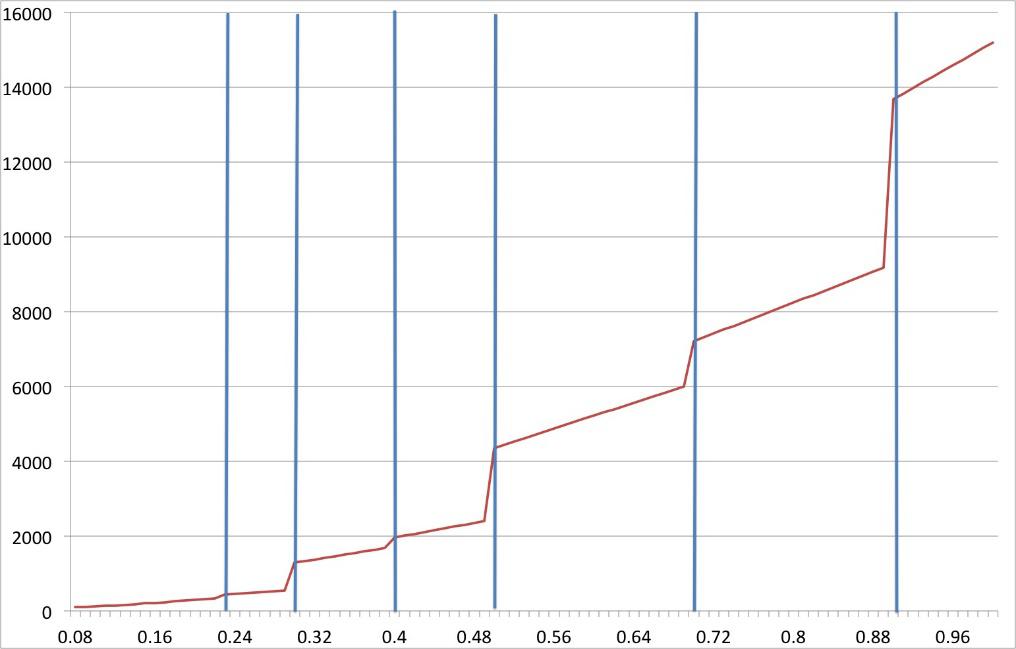What Is Rhodium Plating: The Secret to Jewelry That Always Shines
If you’ve ever wondered what is rhodium plating, why your white gold ring gleams with a crisp, icy brilliance while another appears softly warm, you’re not imagining things. That cool-toned, mirror-like glow? That’s rhodium plating—a finishing technique that has quietly shaped how modern fine jewelry looks, photographs, and ages. And its impact stretches far beyond visual shine. Far from a simple surface treatment, rhodium plating is a luxury-driven enhancement engineered to elevate white gold jewelry, especially engagement rings, into pieces

